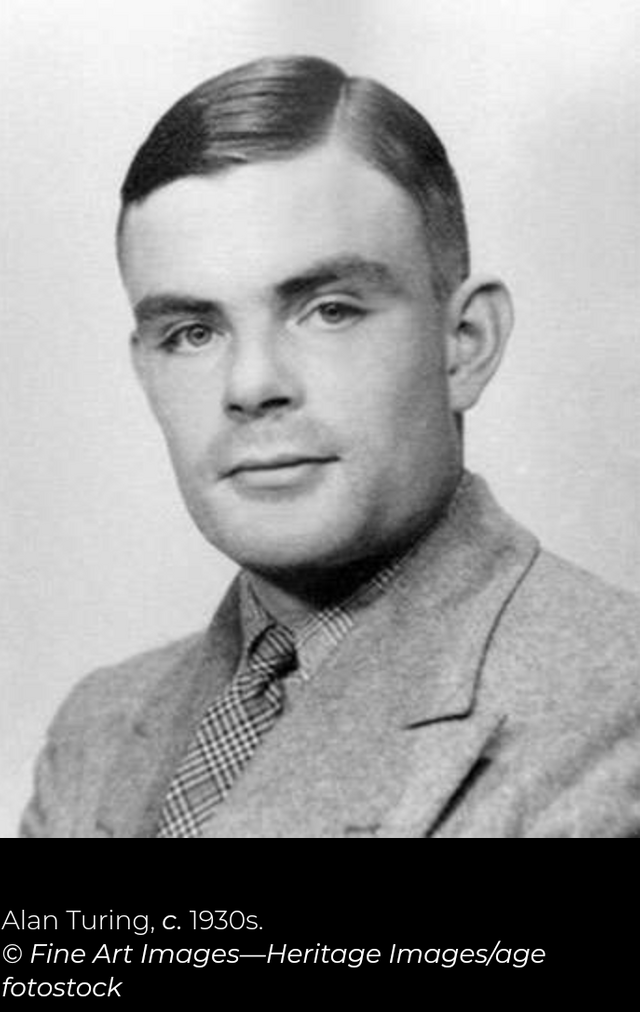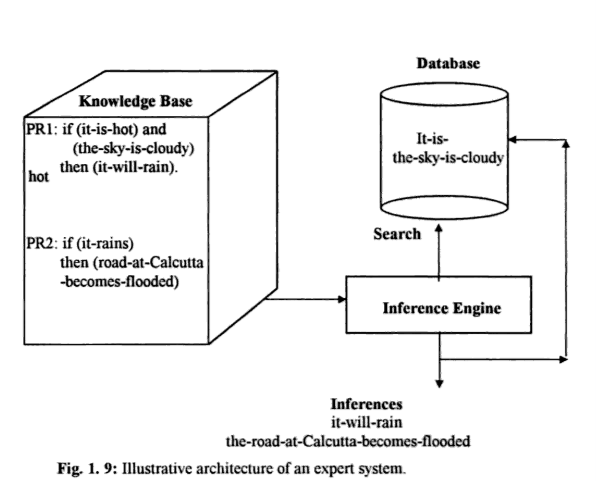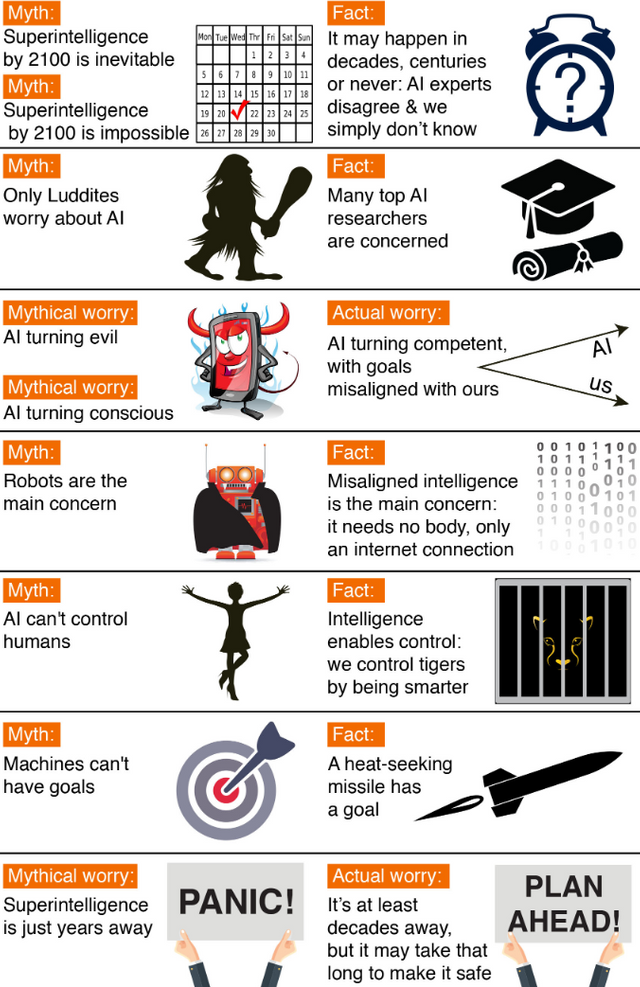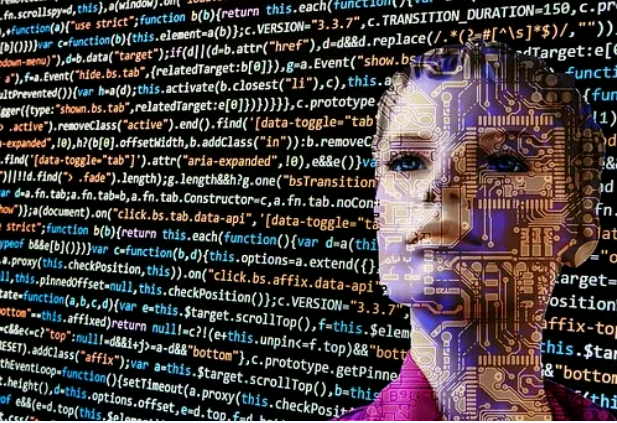Artificial intelligence is an area of computer science that emphasizes the creation of intelligent machines that work and react like humans. some of the activities computers with artificial intelligence are designed for include
- speech recognition
- learning
- planning
- problem solving
The ideal characteristic of artificial intelligence is its ability to rationalize and take actions that have the best chance of achieving a specific goal. Artificial intelligence is based around the idea that human intelligence can be defined in such exact terms that a machine can mimic it.
Knowledge enginnering is a core part of AI research. Machines can often act and react like humans only if thay have abundant information relating to thge world. Artificial intelligence must have acces to objects, categories, properties and relations between all of them to implement knowledge engineering.
Machine language is also a core part of AI. The learning without any kind of supoervision requires an ability to identify patterns in streams of inputs.
Machine perception deals with the capabiliity to use sensory inputs to deduce the different aspects of the world
What is an AI algorithm? it generally means a non-conventional intuitive approach for problem solving. An algorithm is a set of rules or insrtuctions given to an AI program, neural network or other machine to help it learn on its own. Well constructed algorithm are basically the backbone of artificial intelligence. A complex algorithm is often built on top of other simplier algorithms. Many simple algorithm are capable of learning from data; they can enhance themselves by learning new heuristics(strategies that have worked well in the past), or can themselves write other algorithms
The earliest substantial work in the field of artificial intelligence was done in the mid-20th century by the British logician and computer pioneer Alan Mathison Turing

Image source
In 1935 Turing described an abstract computing machine consisting of a limitless memory and a scanner that moves back and forth through the memory, symbol by symbol, reading what it finds and writing further symbols. The actions of the scanner are dictated by a program of instructions that also is stored in the memory in the form of symbols
THE TURING TEST
In 1950 Turing sidestepped the traditional debate concerning the definition of intelligence, introducing a practical test for computer intelligence that is now known simply as the Turing test.
The Turing test involves three participants: a computer, a human interrogator, and a human foil. The interrogator attempts to determine, by asking questions of the other two participants, which is the computer. All communication is via keyboard and display screen. The interrogator may ask questions as penetrating and wide-ranging as he or she likes, and the computer is permitted to do everything possible to force a wrong identification. (For instance, the computer might answer, “No,” in response to, “Are you a computer?” and might follow a request to multiply one large number by another with a long pause and an incorrect answer.) The foil must help the interrogator to make a correct identification. A number of different people play the roles of interrogator and foil, and, if a sufficient proportion of the interrogators are unable to distinguish the computer from the human being, then (according to proponents of Turing’s test) the computer is considered an intelligent, thinking entity
SYMBOLIC VS. CONNECTIONIST APPROACHES TO AI
The top-down or symbolic approach seeks to replicate intelligence by analyzing cognition independent of the biological structure nof the brain, in terms of the processing of symbols
The bottom-up or connectionist approach involves creating artificial neural networks in imitation of the brains structure
To illustrate the difference between the approaches, consider the task of building a system equipped with optical scanner that recognizes the letters of the alphabet. a bottom-up approach typically involves training of an artificial neural network by presenting letters to it one by one, gradually improving importance by 'tuning' the network. in contrast, a top-down approach typically involves writing a computer program that compares each letter with geometric descriptions.
APPLICATION OF AI TECHNIQUES
almost every branch of science and engineering currently shares the tools and techniques available iun the domain of AI
EXPERT SYSTEM: an expert system consists of a knowledge base, database and inference engine for interpreting the database using the knowledge supplied in the knowledge base
the inference engine attempts to match the antecedent clauses of thye rules with the data stored in the database.

image source: Artificial Intelligence and Soft Computing: Behavioral and Cognitive ...
By Amit Konar
When all the antecedent clauses of a rule are available in the database, the rule is fired, resulting in new inferences. the resulting inferences are added to the database for activating subsequent firing of other rulesIMAGE UNDERSTANDING AND COMPUTER VISION: a digital image can be regarded as a two-dimensional array of pixels containing grey levels corresponding to the intensity of the reflected illumination received by a video camera. for interpretation of aa scene, its image should be passed through three basic processes
low
medium
high level visionNAVIGATIONAL PLANNING FOR MOBILE ROBOTS: a mobile robot generally has one or more camera or ultrasonic sensors which help in identifying the obstacles on its trajectory. The navigational planning problem persists in both static and dynamic environment.
SPEECH AND NATURAL LANGUAGE UNDERSTANDING: understanding of speech and natural languages is basically two classical problems. In speech analysis, the main problem is to separate the syllables off a spoken word and determine features like amplitude, and fundamental and harmonic frequencies if each syllable. The problem of understanding natural language like English,on the other hand, includes syntactic and semantic interpretation of the words in a sentence, and sentences in paragraph.
The syntactic steps are required to analyze the sentences by its grammar and are similar with the step of compilationSCHEDULING: in a scheduling problem, one has to plan to the time schedule of a sec of events to improve the time efficiency of the solution
INTELLIGENT CONTROL: in process control, the controller is designed from the known models of the process and the required objective. When the dynamics of the plant is not completely known, the existing techniques for controller design no longer remain valid.
SHOULD HUMANS BE WORRIED ABOUT ARTIFICIAL INTELLIGENCE?
one common theme is the idea that machines will become so highly developed that humans will not be able to keep up, and machines would take off on there own, redesigning themselves at exponential rate. Is this really possible?
A superintelligent AI is by definition very good at attaining its goals, whatever they may be, so we need to ensure that its goals are aligned with ours.The consciousness misconception is related to the myth that machines can’t have goals. Machines can obviously have goals in the narrow sense of exhibiting goal-oriented behavior: the behavior of a heat-seeking missile is most economically explained as a goal to hit a target
Intelligence enables control: humans control tigers not because we are stronger, but because we are smarter. This means that if we cede our position as smartest on our planet, it’s possible that we might also cede control
Professor Hawking says that developments in AI have been so great that the machines will one day be more dominant than human beings.
"I fear that AI may replace humans altogether. If people design computer viruses, someone will design AI that improves and replicates itself.
“This will be a new form of life that outperforms humans.”
Arend Hintz, assistant professor of integrative biology & computer science and engineering at Michigan State University, says the rise of AI truly began in the 1990s with “reactive machines”.
Mr Hintz said that the most basic types of AI are neither able to form memories or learn from past experiences, pointing to IBM’s chess-playing supercomputer, Deep Blue, which managed to beat chess world champion Garry Kasparov in 1997
The Upward Spiral
This is where an AI teaches itself to be smarter and thus distances itself from our concept of intelligence to something beyond our understanding. It becomes so smart that it may replicate a dumber version of itself to leave behind in its stead so that it can spread its wings
The Downward Spiral
If an AI can think and feel it may become depressed or disenfranchised with Humanity and its purpose in helping us. It might leave never to return, prevent itself from learning or delete itself. If primed with enough laws that sensible programmers would include, it could be so bound by being our protector that its only option in the end, to not harm us, is to remove itself from the equation.

Image source
For an AI takeover to be inevitable, it has to be postulated that two intelligent species cannot pursue mutually the goals of coexisting peacefully in an overlapping environment especially if one is of much more advanced intelligence and much more powerful. While an AI takeover is thus a possible result of the invention of artificial intelligence, a peaceful outcome is not necessarily impossible.
References
WIKIPEDIA|ARTIFICIAL INTELLIGENCE
TECHOPEDIA
BRITANNICA
EXPRESS.CO.UK|NEWS
Artificial Intelligence: A New Synthesis
By Nils J. Nilsson
Artificial Intelligence and Soft Computing: Behavioral and Cognitive ...
By Amit Konar

It possible.. Interesting article
Downvoting a post can decrease pending rewards and make it less visible. Common reasons:
Submit
I will be featuring it in my weekly #technology and #science curation post for the @minnowsupport project and the Creators' Guild! The @creatorsguild is a new group of Steem bloggers and content creators looking to improve the overall quality of their niche.
Wish not to be featured in the curation post this Friday? Please let me know. In the meantime, keep up the hard work, and I hope to see you at the Creators' Guild!
If you have a free witness vote and like what I am doing for the Steem blockchain it would be an honor to have your vote for my witness server. Either click this SteemConnect link or head over to steemit.com/~witnesses and enter my username it the box at the bottom.
Downvoting a post can decrease pending rewards and make it less visible. Common reasons:
Submit
Thanks. I really appreciate
Downvoting a post can decrease pending rewards and make it less visible. Common reasons:
Submit
Congratulations! This post has been upvoted from the communal account, @minnowsupport, by dhayor from the Minnow Support Project. It's a witness project run by aggroed, ausbitbank, teamsteem, theprophet0, someguy123, neoxian, followbtcnews, and netuoso. The goal is to help Steemit grow by supporting Minnows. Please find us at the Peace, Abundance, and Liberty Network (PALnet) Discord Channel. It's a completely public and open space to all members of the Steemit community who voluntarily choose to be there.
If you would like to delegate to the Minnow Support Project you can do so by clicking on the following links: 50SP, 100SP, 250SP, 500SP, 1000SP, 5000SP.
Be sure to leave at least 50SP undelegated on your account.
Downvoting a post can decrease pending rewards and make it less visible. Common reasons:
Submit
I think that progression in the world of AI is only going to become possibly dangerous to humans once the full workings of the brain are understood. Only then will we be able to replicate those things. Our technology is not what is holding us back from real AI. Our knowledge of what creates a sense of self is the main inhibitor. Once we can replicate traits/emotions such as ambition, jealousy, or hate will I be worried.
Downvoting a post can decrease pending rewards and make it less visible. Common reasons:
Submit
Stunning work, followed and upvoted
Downvoting a post can decrease pending rewards and make it less visible. Common reasons:
Submit